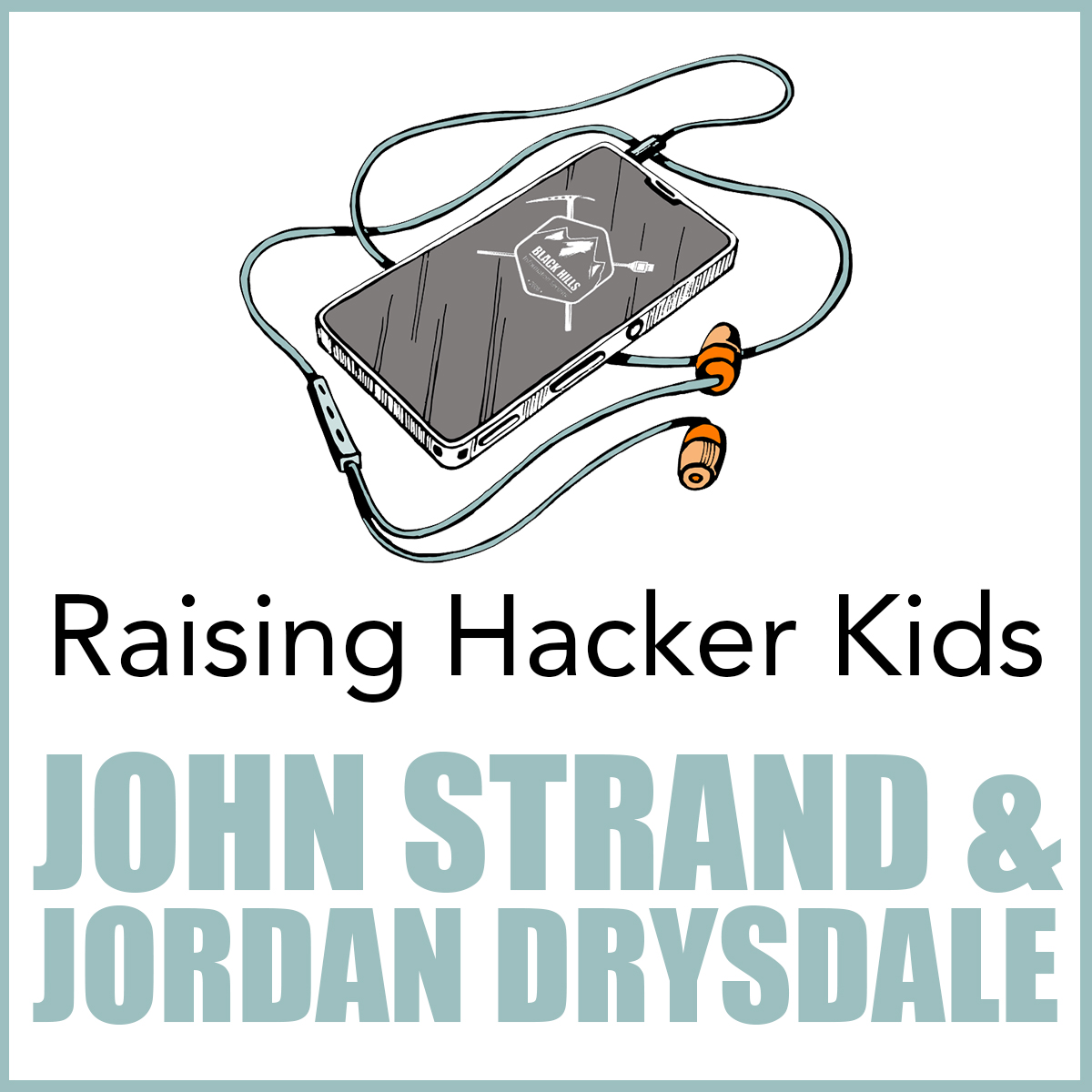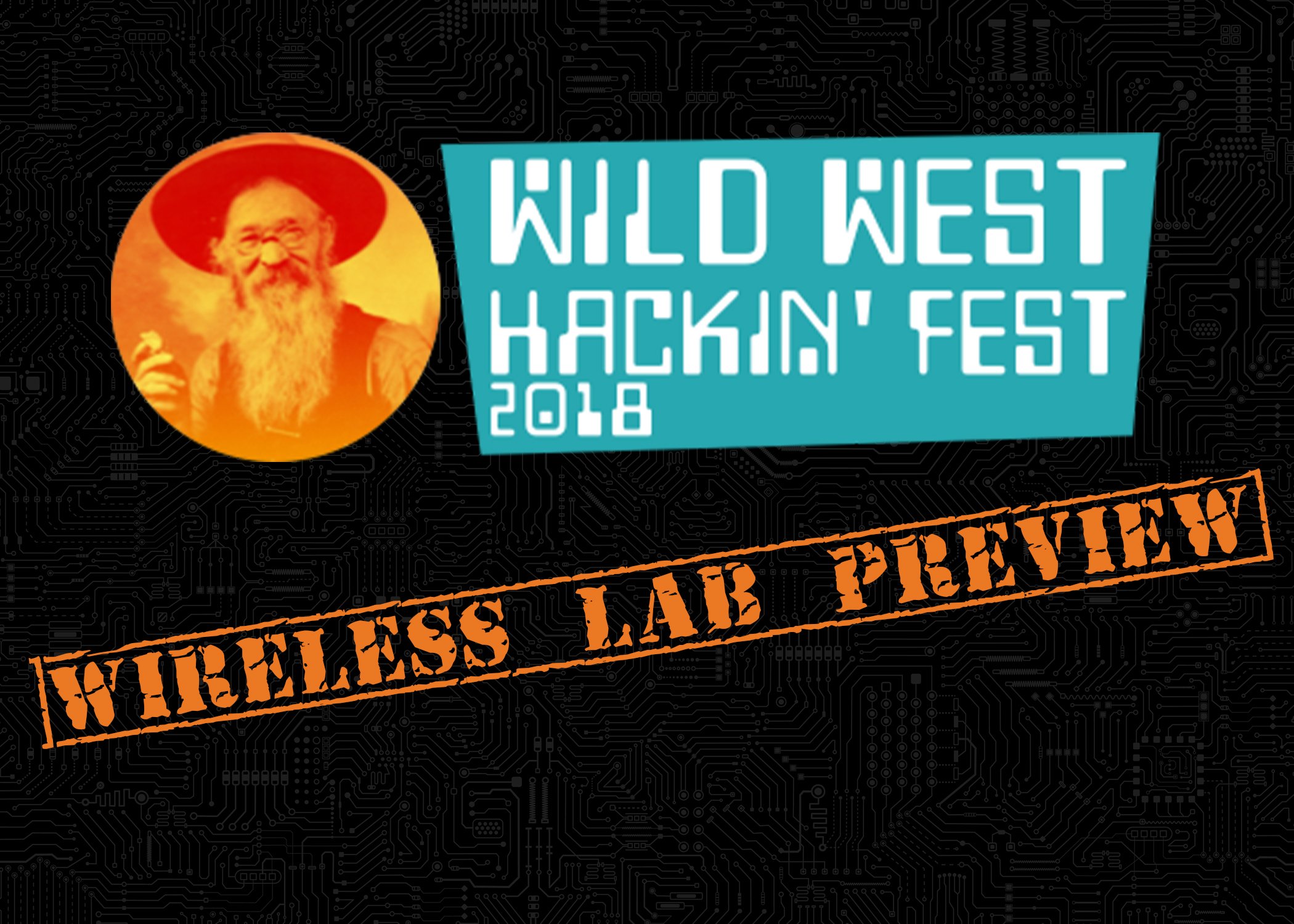New Python Documentary Released On YouTube
Read more of this story at Slashdot.
Read more of this story at Slashdot.
Read more of this story at Slashdot.

by Austin Kaiser // Intern Hacking a satellite is not a new thing. Satellites have been around since 1957. The first satellite launched was called Sputnik 1 and was launched […]
The post Satellite Hacking appeared first on Black Hills Information Security, Inc..

moth // Recently, BHIS penetration tester Dale Hobbs was on an Internal Network Penetration Test and came across an RPC-based arbitrary command execution vulnerability in his vulnerability scan results. I […]
The post Exploit Development – A Sincere Form of Flattery appeared first on Black Hills Information Security, Inc..

Have you ever installed a Python tool / library only to then find out other Python based tools you’ve installed previously are now completely broken? Running Kali? Ever try installing […]
The post Webcast: Pretty Little Python Secrets – Episode 1 – Installing Python Tools and Libraries the Right Way appeared first on Black Hills Information Security, Inc..

Do your PowerShell scripts keep getting caught? Tired of dealing with EDRs & Windows Defender every time you need to pop a box? In this one-hour podcast, originally recorded as […]
The post BHIS PODCAST: Endpoint Security Got You Down? No PowerShell? No Problem. appeared first on Black Hills Information Security, Inc..

Yes.. Ethical Hacker Kids. The holidays are coming up! Here John & Jordan cover the different games, tools and gifts we can give kids that help teach them the trade. […]
The post PODCAST: Raising Hacker Kids appeared first on Black Hills Information Security, Inc..

John Strand & Jordan Drysdale// Yes.. Ethical Hacker Kids. The holidays are coming up! Here John & Jordan cover the different games, tools and gifts we can give kids that […]
The post WEBCAST: Raising Hacker Kids appeared first on Black Hills Information Security, Inc..

Jordan Drysdale// With Wild West Hackin’ Fest 2018 coming up (!!!), here’s a preview of some things you might see in the wireless labs. First, s0lst1c3’s eaphammer. @relkci and I […]
The post Wireless Hack Packages Update appeared first on Black Hills Information Security, Inc..

Dakota Nelson// The modern internet’s got a lot of places to hide. In this webcast, join Dakota as he shows how you can establish C2 channels and issue commands to […]
The post WEBCAST: Tweets, Beats, and Sheets: C2 over Social Media appeared first on Black Hills Information Security, Inc..
Joff Thyer // Information Security professionals often have reason to analyze logs. Whether Red Team or Blue Team, there are countless times that you find yourself using “grep”, “tail”, “cut”, […]
The post WEBCAST: Log File Frequency Analysis with Python appeared first on Black Hills Information Security, Inc..

Carrie Roberts // OS Command Injection is fun. I recently found this vulnerability on a web application I was testing (thanks to Burp Suite scanner). I was excited because I […]
The post OS Command Injection; The Pain, The Gain appeared first on Black Hills Information Security, Inc..